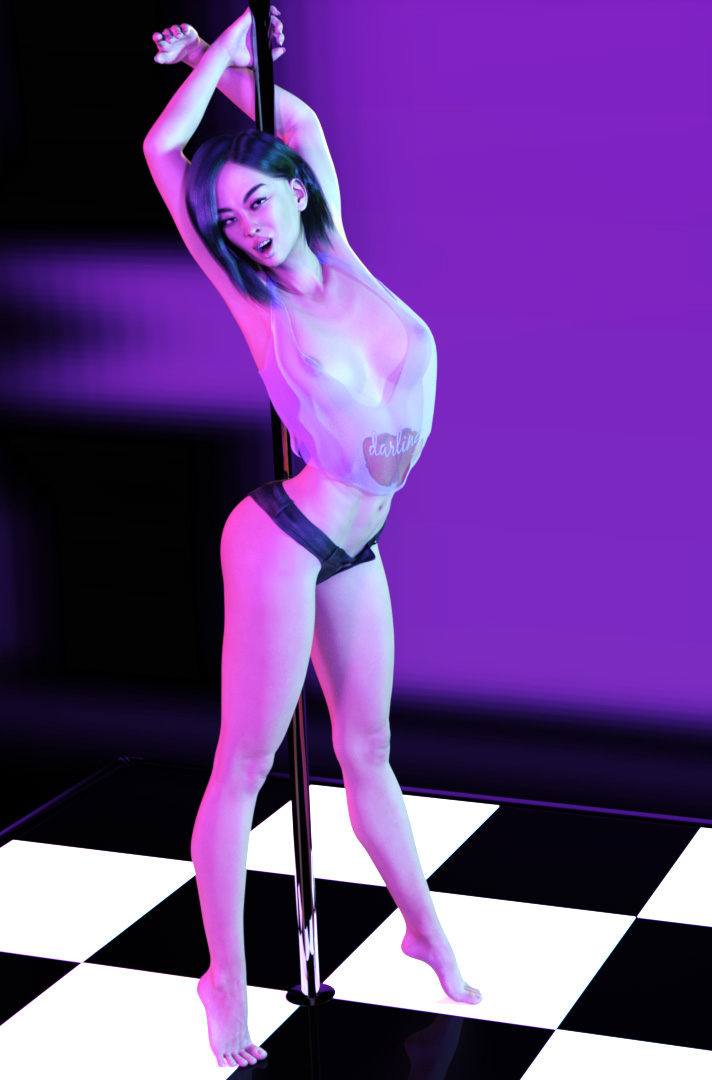The best advice I can give is to look into tutorials on actual lighting in real world photography not daz in the beginning. This will teach you where the lights should typically be set. After you have the basics then try it.
But now some Daz tips, remember spots do work and are suggested by the iray engine for performance. Ghost lights should very rarely be used as a main lightsource. Think of those as your ambient light. Below I will detail what I did for this image. I am no expert so please correct me on anything I have said.

First there are 4 light sources. The HDRI, a key light, a fill light, and a hair light.
In this scene the only walls are the one in front of her and the one behind her. There is no ceiling and there are no walls to her left or behind the camera. This allows the hdri to fill in. Now mind you the hdri used here is a dark sky so it has very little effect on the light but it is present and adds just a touch of detail that you want. I suggest in studio shots to use an hdri but keep its intensity very low such as 0.1 for a bright hdri. Darker hdri's like above wont need to have their intensity reduced as much. Before you set any lights ensure your headlamp is off. ALWAYS TURN THAT THING OFF! Rotate the hdri and view your iray preview till you get the shadows that you want. Looking at the floor and seeing where the shadow goes is a good indicator of this. For this render I made sure the shadows were pushing off to the left so most of the light was coming from the windows direction. Though, as I said before this hdri did not cast any hard shadows.
Next I set my key light. I used a spot light but set its shape from point to circle and gave it a size of 30 by 30. This is very important. A point light doesn't exist in the real world. Its light emitted from a single pixel it just doesn't happen. Setting it to a circle with a size turns it into what is known as a mesh light. The bigger the size the more faded the shadows will be from objects it shines on. A point light would make a perfectly hard shadow with no blur to it. Next I set it's lumens to around 120,000 with a temp around 4000. The temp dictates how far it is on a red to blue spectrum. 1 is dark red then as you approach 3000 it turns orange, then yellow in the 4k to 5k range, then pure white at 6400, then above that it starts to push into a blue light. The key light i positioned close to the ground and pointed somewhat down from her face. Normally you would point the key directly at her but always on an angle but that was not the intended look i was going for. Note: shadows are a good thing

If the key is directly behind the camera your lighting will be bad because there will be no definition defined on the character. Try it at first about 45 degrees to the right of the subject and a bit above her pointing down at say a 20 degree angle. You can also view her face in the iray preview till you get the shadows you want.
The second light is the fill light. Often in photography this would be the box light, something that has a lot of diffused light to spread out. This light is meant to fill in the figure and reduce the sharpness of shadows. So this light is also a spot and set to a rectangle but with the dimensions of 100 by 100, the lumens are set to 40,000 and its temp I set to 7500 to shift it into the blue. This was entirely a creative choice on the temp. You can play with that however you wish. This light was set probably 5 feet off the floor pointing down at the model at an angle around 30%. The height and angle should not matter to much since its all subjective to what you are creating but the fill is always be competing against the key light. Again in your iray preview adjust till the fill is not casting shadows and just filling in the shadows that the key made. You can use the subjects nose for reference here.
Lastly we have the hair light, typically this is a fairly bright light that is positioned behind and above the model. It's used to outline the hair neck and shoulders which makes the model stand out from the background. It is one of those lights people won't instantly distinguish but it often is the difference maker in shots. Rim lights are similar but typically are at far sharper angles that can be used to highlight parts of the face or shoulders. For now stick with a standard hair light. For my scene my hair light is very low on the brightness scale than it typically would be, only about 30000 lm with a shape of a rectangle and set to 50 by 50. This was only done since it was causing to many shadows on the ground. For a studio shot you can up the brightness a lot and reduce its size since it should normally be a fairly hard light. I initially set my hair light to 90,000 with a size of 20 by 20 which normally would work. This shot just forced me to adjust.
Then I pressed the render button

I hope this helps.


